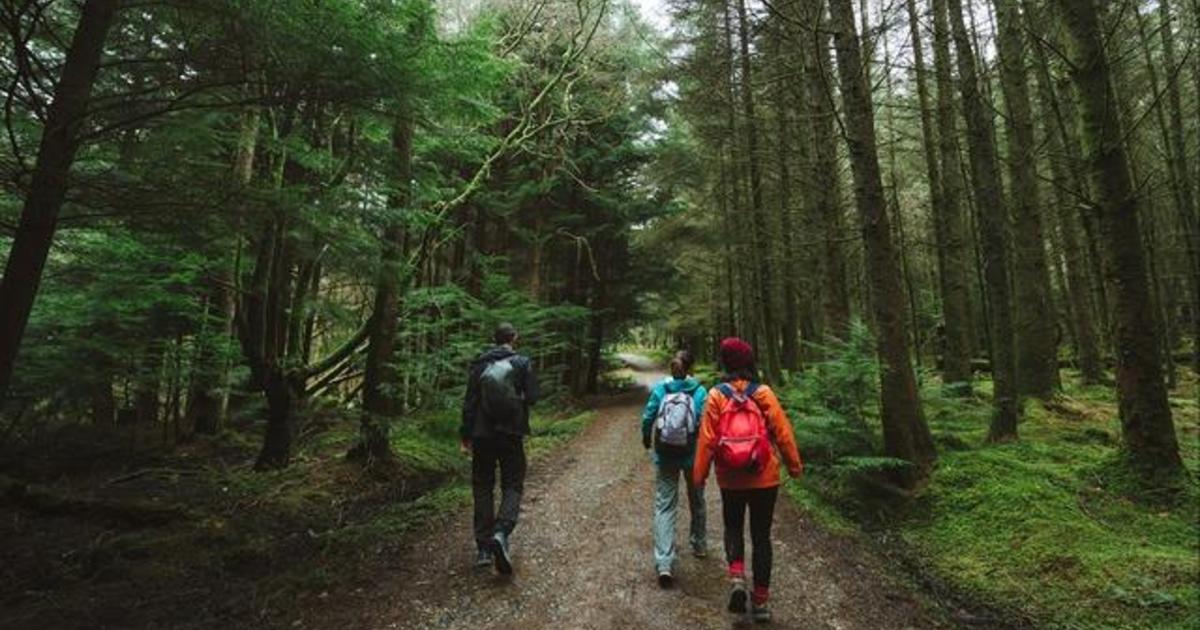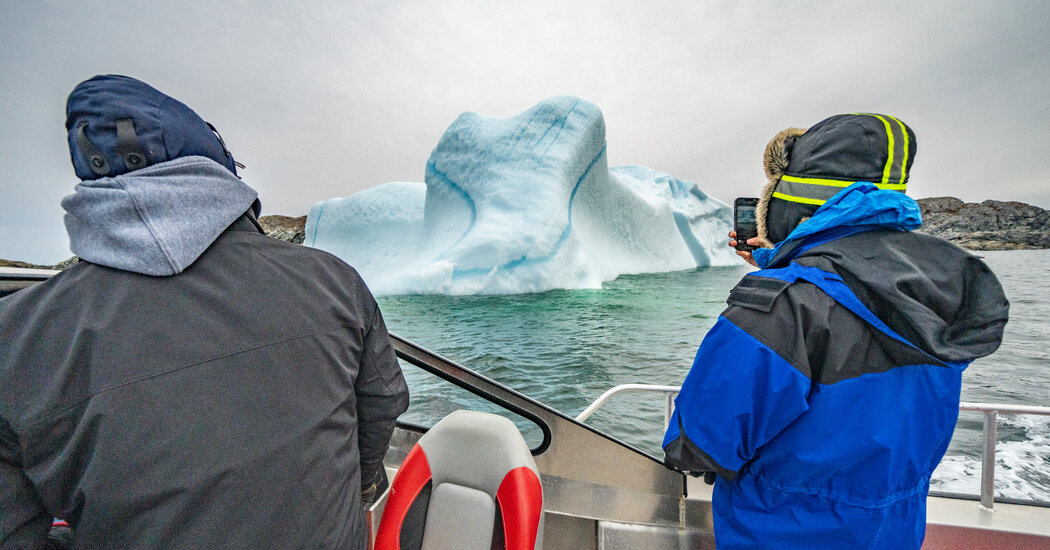Northern Lights Are Seen in Places Where They Normally Aren’t
An unusually wide swath of the Northern Hemisphere’s sky lit up with a brilliant show of color late Sunday and early Monday, bringing vivid purples, greens or yellows as far south as Arizona, central California and southern England, scientists said.
The phenomenon, known as the aurora borealis or northern lights, occurs when particles emitted by the sun collide with particles that are already trapped around Earth’s magnetic field, and can often be seen from parts of Iceland, Canada and Alaska.
But on Friday, the sun let off a large burst of energy, said Robert Steenburgh, a space scientist with the Space Weather Prediction Center at the National Oceanic and Atmospheric Administration. (These bursts are also known as coronal mass ejections.)
“The sun spit off a big blob of plasma,” Mr. Steenburgh said. The burst of energy, which has its own magnetic field, had been moving through space and reached Earth’s magnetic field on Sunday, when the two collided to create a geomagnetic storm, he said. “It got our magnetosphere pretty revved up.”
When this happens, the aurora can be seen closer to the Equator, Mr. Steenburgh said. Such events are not that uncommon, with about 100 occurring every 11 years, he said, adding that the storm can also disturb high-frequency radio used at sea and by airlines.
For those unaccustomed to seeing the night sky illuminated by streaks of green or red, an aurora borealis — in folk tales, the northern lights have been associated with spirits and divine forces — can inspire awe, or even fear.
In 1872, an article in The New York Times described a sky glowing so intensely that “many persons supposed a great fire was raging back of Brooklyn.” In 1929, many readers of The Times called the paper to report the dazzling sight; in 1941, hundreds of onlookers gathered on the boardwalk of Rockaway Beach to view the phenomenon.
On Sunday, the storm created a spectacular show of light in places across North America — Maine, Wisconsin, Toronto and Wyoming — that are separated from each other by thousands of miles.
Forecasters with the National Weather Service office in Riverton, Wyo., shared images of a sky painted with deep purples and bright greens.
The northern lights were also “widely seen” across the United Kingdom, according to its national weather service, the Met Office. That included southern England, where streaks of magenta and yellow illuminated the skies above Stonehenge.
And in Australia and elsewhere in the Southern Hemisphere, where the phenomenon is called aurora australis, the light show from late Sunday into early Monday looked no less spectacular.
“No filter,” Daniel Andrews, the premier of the Australian state of Victoria, wrote on Twitter, referring to a photograph of bright orange lights in the night sky. “Seriously.”
The geomagnetic storm eased on Monday, Mr. Steenburgh of the National Oceanic and Atmospheric Administration said, noting that this would decrease the magnitude of any visible aurora. He added that people in Canada, Alaska and in parts of the northern tier states were most likely to catch a second glimpse.
In the United Kingdom, the Met Office said that there would be another chance to see the northern lights on Monday night, but that weaker geomagnetic storm activity “may limit viewings to more northern areas of the U.K.”
On Monday night, Space Weather Canada, a government agency, said that “stormy geomagnetic activity” was possible in the auroral zone — a band encircling parts of northern Canada — through early Tuesday morning. But it did not predict any major storm activity in the sub-auroral zone, a band that includes southern Canada and the United States.
On Canada’s West Coast, the lights appeared on Sunday night, but as of 10 p.m. Monday they had yet to make a return appearance, Ryan Voutilainen, a storm chaser in Vancouver whose day job is in animal welfare, said by phone.
“That said,” he added, “the night is still young.”
Christine Hauser and Mike Ives contributed reporting.


